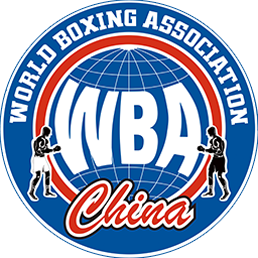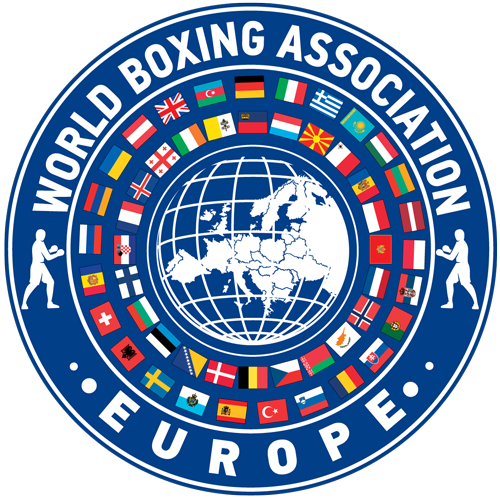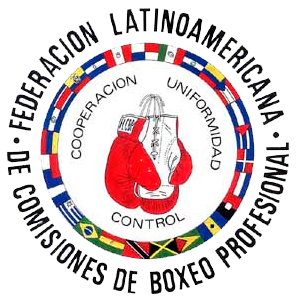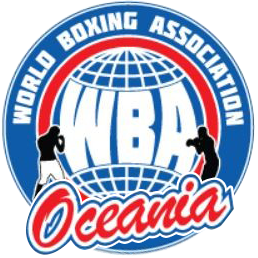Dr Calvin Inalsingh M.B., Ch. B. Aberdeen, Scotland
Chairman, WBA Medical Advisory Committee
It is apparent that the usage of performance enhancing drugs is increasing by the elite athlete.
This is because of 3 factors: –
1. Testing for drugs has increased in frequency.
2. The laboratory testing has improved.
3. Most of the tests for drugs are performed on the athlete who has reached the finals of the event or the athlete who is competing against a champion.
Before the 1988 Olympics in
Seoul,
Korea, when the 100 meters Gold Medalist, Ben Johnson, was found positive for steroids, the adage of “participation, and not winning, was the only thing” was the theme among competitors.
Today, because of the financial rewards an athlete can receive from winning an Olympic Gold Medal, the saying is changing to “Winning is the only thing”.
The drive for winning is not only for the glory of winning any more, but also for the monetary gains and endorsements that can be achieved.
Thus it can be seen that there is a drive to win and some athletes will do anything to win.
Even the trainers will do anything for his athlete to win for he will be also rewarded if his athlete is successful in competition
Some parents look at sports as a financial investment. It is a long term investment, but it is also a high risk investment for the financial returns might never be achieved. But sure enough, to participate in sports is a good investment in health, as the goal of good health is achieved by all those who partake in sporting activity. .
A champion cannot be made unless he was born to be a champion, in other words, a champion must be genetically endowed. He must have the innate capacity to perform, a gift that has to be discovered, most likely by his parents and trainer. The trainer then guides him through his training to achieve a level of excellence.
For example, there are two types of muscle fibers. The slow twitch and the fast twitch fibers. If one is born with a majority of the fast twitch fibers, then that individual will have the propensity to be successful in the events that require speed, as in the 100 meters race. Likewise, if there is a predominance of slow twitch muscle fibers in an individual, then this would favor the endurance events like the marathon race. The athlete should be aware that drugs cannot make a person with slow twitch muscles win a gold medal in the 100 meters sprint.
The taking of drugs cannot be accepted as a means of increasing performance. Scientific training has always been the alternative to doping. With the application of biomechanics and the physiology of sports, peak physical form can be achieved. This, in combination with regular medical checks and the perfection of equipment, is certainly responsible for the improving level of results.
The real competition in the drug scene is between the makers of the drug and the laboratories that are testing for the drugs. Apparently the makers of the drugs are one step ahead of the laboratories that are testing for the drugs. The athlete is only the guinea pig. Many athletes take drugs, of those, few are tested and fewer gain financial rewards. But the goal of the financial reward lures many athletes into the drug scene.
Random drug testing should be performed on all athletes worldwide as a preventative measure. When an athlete knows that he can be tested at any time during his career, this would be a deterrent for drug use. Suitable arrangements could be made between the sporting Federations and the Government of the country to test for drugs. This must receive wide publicity to ensure that it acts as a primary preventative measure.
It is folly to appear on the scene of an International sporting event to test for drugs. Only elite athletes may have qualified for these games, but thousands who were trying to qualify may have been using drugs.
Education is an effective but a long term plan that can be implemented worldwide. All schools should be in the drug education plan starting from the primary schools.
Undoubtedly, the penalty must reflect the seriousness of the misdemeanor. The penalty should include the following:-
The athlete must submit himself for random testing at least about twice a year for a period to be determined.
He must do community work in a preventative drug program.
He must be rehabilitated by counseling and psychiatric treatment.
An athlete has a short period of time in active competition in most of the sports. It is cruel to impose a life ban on a person, who is in the peak of good health and has the capacity to perform at a high level in the sport of his choice. A reasonable ban should be imposed together with the conditions as stated above. The focus should be on prevention and not on punishment.
The future of the control of drug abuse in sports lies primarily on prevention which includes random testing, rehabilitation and education and not only on the penalizing of the drug abusers who are caught at championship events.

















